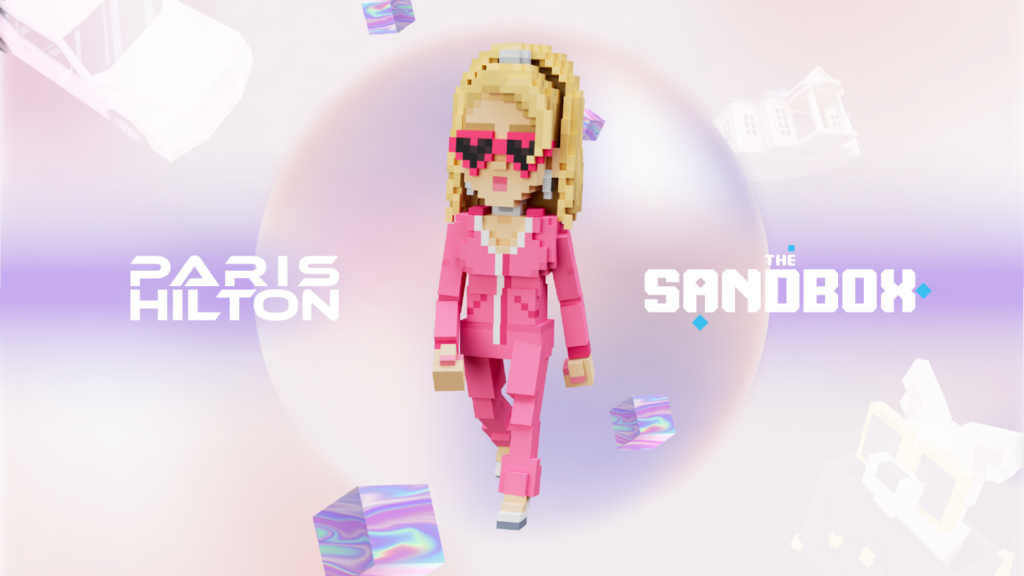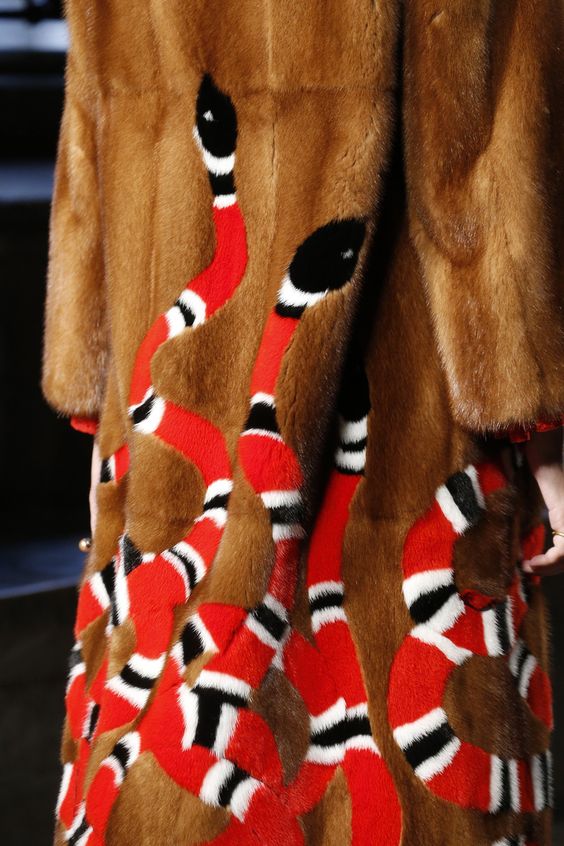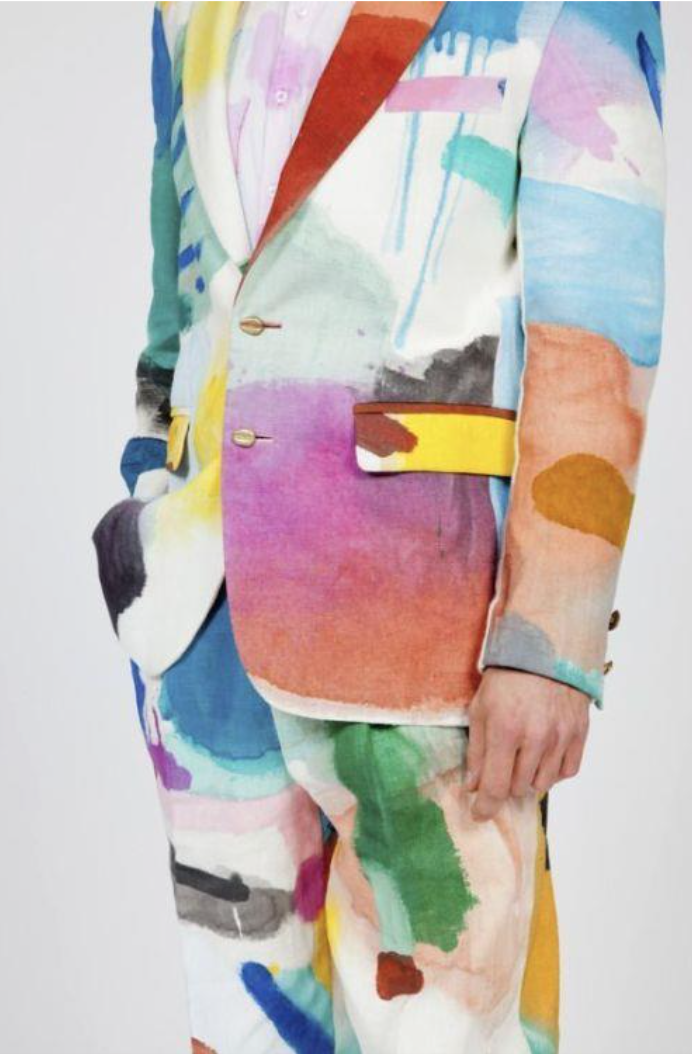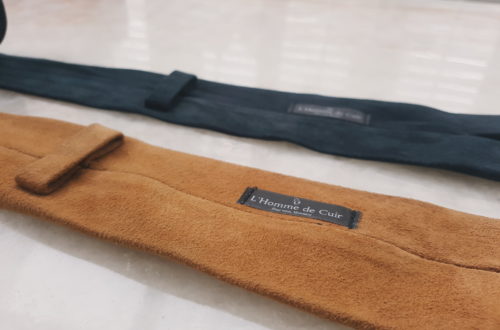While traditional fashion seems to be fading away, digital fashion’s era seems to be settling in. Traditional fashion consumers may need to come to terms with this emerging concept, considering its benefits.
Indeed, ecologically speaking, digital clothing causes 97% less CO2 emissions and consume 3300 less water per product than physical ones. As digital fashion also responds to demand for exclusivity, it therefores serves as a solution to overproduction. In addition to reducing a brand’s carbon footprint, using a virtual production method during the production phase of a product’s life helps a company design and study the product much more efficiently and precisely thus reducing costs per product.
Whether as an answer to the neverending demand for exclusivity or simply a new creative outlet, the Metaverse has introduced itself as omnipresent in leading firms of the industry.
Discover ways in which LVMH, Nike, or even Paris Hilton have adopted it:

LVMH, after seeming suspicious of the digitization of the sector, has embarked on the metaverse adventure. The virtual avatar Livi – an acronym for LVMH Innovation Virtual Insider – made its appearance in the context of the sixth edition of the LVMH Prize for Innovation. Modeled in 3D by Altava (finalist start-up) in 2021, Livi represents a new step for the Fashion and Luxury Industries.

Through the purchase of digital design studio RTFKT, Nike is developing a Web3 strategy and is currently announcing Dot Swoosh (.Swoosh), a platform that resides under Nike Virtual Studios. The platform will be a hib of access to exclusive events where users can earn benefits out of the sale of virtual products. This new Web3 ecosystem plans to launch its first digital collection in January and will become the place where customers can buy, co-create and exchange virtual products. It makes Nike the first and largest brand to officially take part in the Web3 scene.
“It will be a place where our community can come in and co-create that future with us, you can collect, trade, and flex Nike virtual products”, saus Ron Faris, GM of Nike Virtual Studios.

Meanwhile, on a human scope, Paris Hilton invites her fanbase into the world of the metaverse through the “Slivingland” experience, where users can customize their avatars, take possession of limited-edition 11:11 merchandise, and go on a quest of the superstar’s personal avatar. Access to this space marks the continuation of her Web3 strategy: “I see myself as a portal to the future and I want the metaverse to feel welcoming to everyone”.
Is Web3 the only future of fashion that holds? Or do web3 customers still care about physical fashion? This represents a new key challenge the fashion industry will face during the new Metaverse Fashion Week.
By Olympia Misrahi






